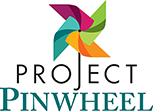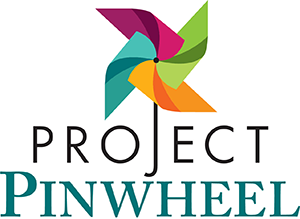Establishing, recognizing and respecting boundaries play a crucial role in prevention, early intervention and healing of child sexual abuse. Children who know, reinforce and advocate for their personal boundaries are more likely to respect other children’s boundaries (reducing child-on-child sexual abuse) and are also more likely to share boundary violations with their guardians.
Boundaries in simple terms is a personal limit or an invisible line.
Boundaries can be:
physical– how much touch we’re okay with,
emotional –things people say/do that hurt our feelings or make us feel bad/sad,
moral-pressure to do things we think are wrong,
electronic –too much or inappropriate use of technology
Teaching Boundaries
When parents consistently do a good job of setting clear boundaries and then holding to them, kids are more apt to learn to have respect for others, build greater self-control, develop the ability to tolerate frustration, and become more responsible for their actions
There are four key elements to helping your child establish healthy boundaries:
1. Get clear on your own boundaries –Some are obvious like to hitting, kicking or bad mouthing. Others aren’t, like not interrupting, privacy, cleaning up after yourself. Explain your limit, hold firm, and deliver consequences if a child ignores your boundary.
2. Help them honor their boundaries – Help them figure out what works for them. For example, if they are shy don’t force them to talk. Say “I know you are the kind of person that takes time to warm up to someone, before you start talking and that is fine.” No forced physical affection, either.
3. Talk about it – Broken boundaries feel bad and can be dangerous. Role play what-if scenarios and give your child phrases they can use to respond. For example, “we don’t keep secrets in my family,” I can clean myself in the shower,” I‘ll give you a high-five instead of a hug.”
4. Call it out – Teach children to call out boundary violations EVERY TIME. Modeling consistent reinforcement of your own boundaries helps. An easy way to respond is to follow the four steps below:
Name It
• You are in my bubble
• You are breaking a touching rule
• You are watching me do something private
• You are tickling me
Direct It
• Give me some space
• Stop touching my butt
• Leave the bathroom
• No more tickling, I don’t like it
Repeat It
• Say it over and over until the behavior stops.
End It
• If they don’t listen, leave the situation
• If they stop, move on
Tips for Encouraging Healthy Boundaries at Home:
Setting formal or informal rules at home concerning the following topics will help children practice boundaries:
- Personal space
- Sharing
- Privacy in bathroom, dressing, sleeping
- Touch (hugs, kisses)
- Expressing feelings
- Listening without judgement
- Arguing and fighting fair (parents shouldn’t fight in front of kids)
- Using sexual or profane language
- Making fun of someone’s body, behavior, abilities
- Self control – overeating, drinking too much alcohol, screen time
- Keeping promises (saying what you mean and doing what you say)
Avoid the following:
- Printed material with explicit sexual content or unlimited/unsupervised internet access
- TV, videos and movies with sexual content or innuendo, especially when paired with violence
- Jokes about sex and profanity
- TV, videos and movies with aggression, violence or destruction
Links:
Tips on reducing problematic sexual behaviors in children
Video about teaching physical boundaries

